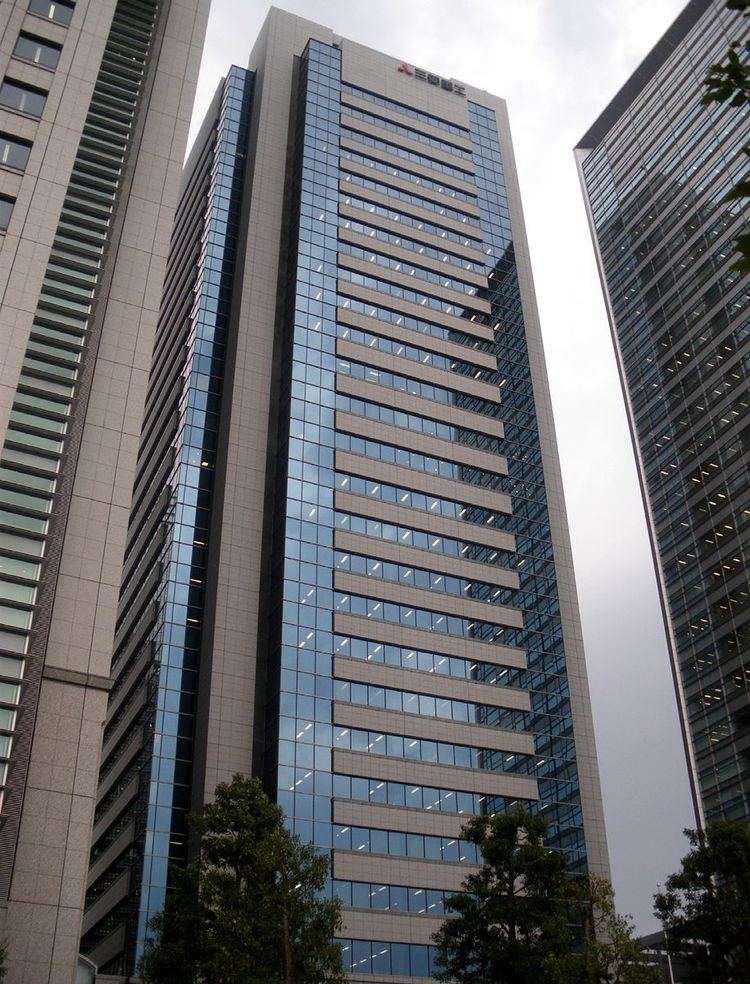Function Launch vehicle Height 63 m | Country of origin Japan Diameter 5.2 m | |
 | ||
Mass 574,000 kg (1,265,000 lb) | ||
The H3 Launch Vehicle is an expendable launch system in development in Japan. H3 rockets are liquid-propellant rockets with strap-on solid rocket boosters and are planned to be launched from the Tanegashima Space Center in Japan. Mitsubishi and the JAXA have been primarily responsible for the design, manufacture, and operation of the H3.
Contents
As of July 2015, it is planned that the minimum configuration is to carry a payload of up to 4 tonnes into sun-synchronous orbit for about 5 billion yen, and the maximum configuration is to carry more than 6.5 tonnes into geostationary transfer orbit.
The first H3 without boosters is planned to launch in fiscal year 2020, and with boosters in FY2021.
Development
The development of H3 was authorized by Japanese government 17 May 2013. The H3 Launch Vehicle is being developed jointly by JAXA and Mitsubishi Heavy Industries to launch a wide variety of commercial satellites. H3 was designed with cheaper engines compared to H-IIA, so that manufacturing the new launch vehicle would be more cost-effective, with less risk, in a shorter period of time. JAXA was in charge of preliminary design, readiness of the ground facility, and development of new technologies for the H3, while Mitsubishi Heavy Industries is responsible for manufacturing. The main emphasis in design is cost reduction, with planned launch costs for customers are in range 50-65 mln USD.
Vehicle description
The H3 Launch Vehicle is a two-stage rocket. The first stage uses liquid oxygen and liquid hydrogen as propellants and carries zero, two or four strap-on solid rocket boosters (derived from SRB-A3) powered by polybutadiene. The first stage is powered by two or three LE-9 engines which uses expander bleed cycle similar to LE-5B. The second stage is powered by a single engine which is an improved LE-5B.
Variants
Each H3 booster configuration has a two-digit and a letter designation that indicates the features of that configuration. The first digit represents the number of LE-9 engines on the main stage, either "2" or "3". The second digit indicates the number of SRB-3 solid rocket boosters attached to the base of the rocket, and can be "0", "2" or "4". All layouts of solid boosters are symmetrical. The letter in the end shows the length of the payload fairing, either short "S" or long "L". For example, an H3-24L has two engines, four solid rocket boosters, and a long fairing, whereas an H3-30S has three engines, no solid rocket boosters, and a short fairing.
